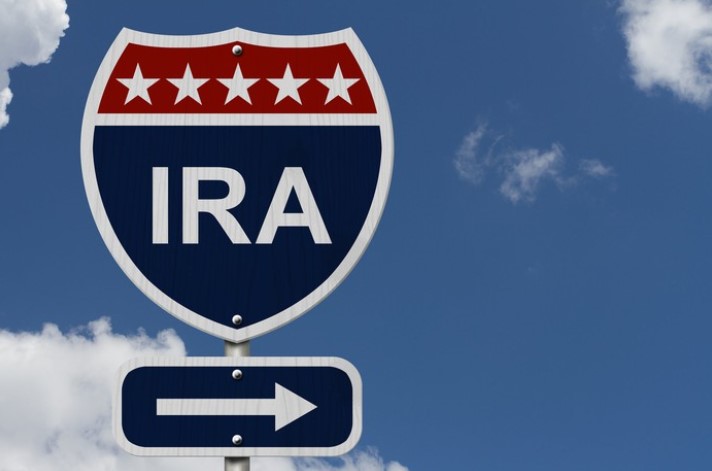
There’s a reason 401(k) plans are regarded as a valuable retirement savings tool: Their generous annual contribution limits make it feasible for workers to retire with more than enough money to live on for decades.
Currently, the annual contribution limits for 401(k)s are $19,000 for workers under 50, and $25,000 for those 50 and older. In 2020, these limits are increasing to $19,500 and $26,000, respectively. Plus, employers that sponsor 401(k)s often match worker contributions to varying degrees, which means those who save in a 401(k) can often sock away more than what the annual limits allow for, since employer contributions don’t count toward them.
There’s just one problem with 401(k)s, though: Not everyone has access to one. In fact, an estimated 49% of private sector workers did not have the option to save in a 401(k) in 2014, as reported in 2018 by the National Institute on Retirement Security.
If you don’t have the option to save for retirement in a 401(k), you may be wondering if an IRA will suffice. The annual contribution limits for IRAs are much lower than those of 401(k)s: just $6,000 for workers under 50, and $7,000 for those 50 and over. And, those limits are holding steady going into 2020, so workers won’t get an added opportunity to save in the coming year. The good news, however, is that if you manage your IRA wisely, you could potentially retire quite comfortably with that money alone.
Maximizing your IRA
If you’re limited to saving for retirement in an IRA, financial security could very well be yours if you do three key things:
- Start saving at a young age.
- Max out every year.
- Invest your savings wisely.
Many people delay their retirement savings for years after entering the workforce, largely because they graduate college with debt, but also because they figure they have plenty of time to save for their golden years. But if you start funding your IRA at age 22, and you retire around age 67, you’ll have a solid 45 years to invest your savings for added growth. And if you’re willing to live frugally so you can max out year after year, you’ll wind up socking away quite a bundle.
Now, let’s talk investments. Loading up on stocks in your IRA is generally the way to go, because that’s where you’ll usually be looking at the most aggressive growth. With an IRA, you can choose to invest in individual stocks, or in mutual funds that are stock-based. A mix of both could serve you well, but if you’re not well-versed in vetting individual companies, mutual funds may be the way to go. That said, opting for index funds over actively managed mutual funds is a great way to keep your investment fees to a minimum, thereby getting to retain more of your returns.
Assuming you stick to this plan, there’s a good chance your IRA will manage to generate an average annual 7% return over a 45-year period, since that’s a bit below the stock market’s average. Now, let’s assume that you max out your account for 45 years at the current annual contribution limits between the ages of 22 and 67. When we apply that 7% return, you’re left with — wait for it — $1.75 million. That’s certainly enough for a decent retirement, because if you withdraw from that amount of savings at an annual rate of 4%, which many financial experts recommend, you’ll be looking at $70,000, and that doesn’t include the money you get from Social Security or other sources.
So there you have it: An IRA is enough to buy you financial security during your golden years. You just need to make sure you fund it for as many years as possible, contribute as much as you can, and invest it wisely.





























